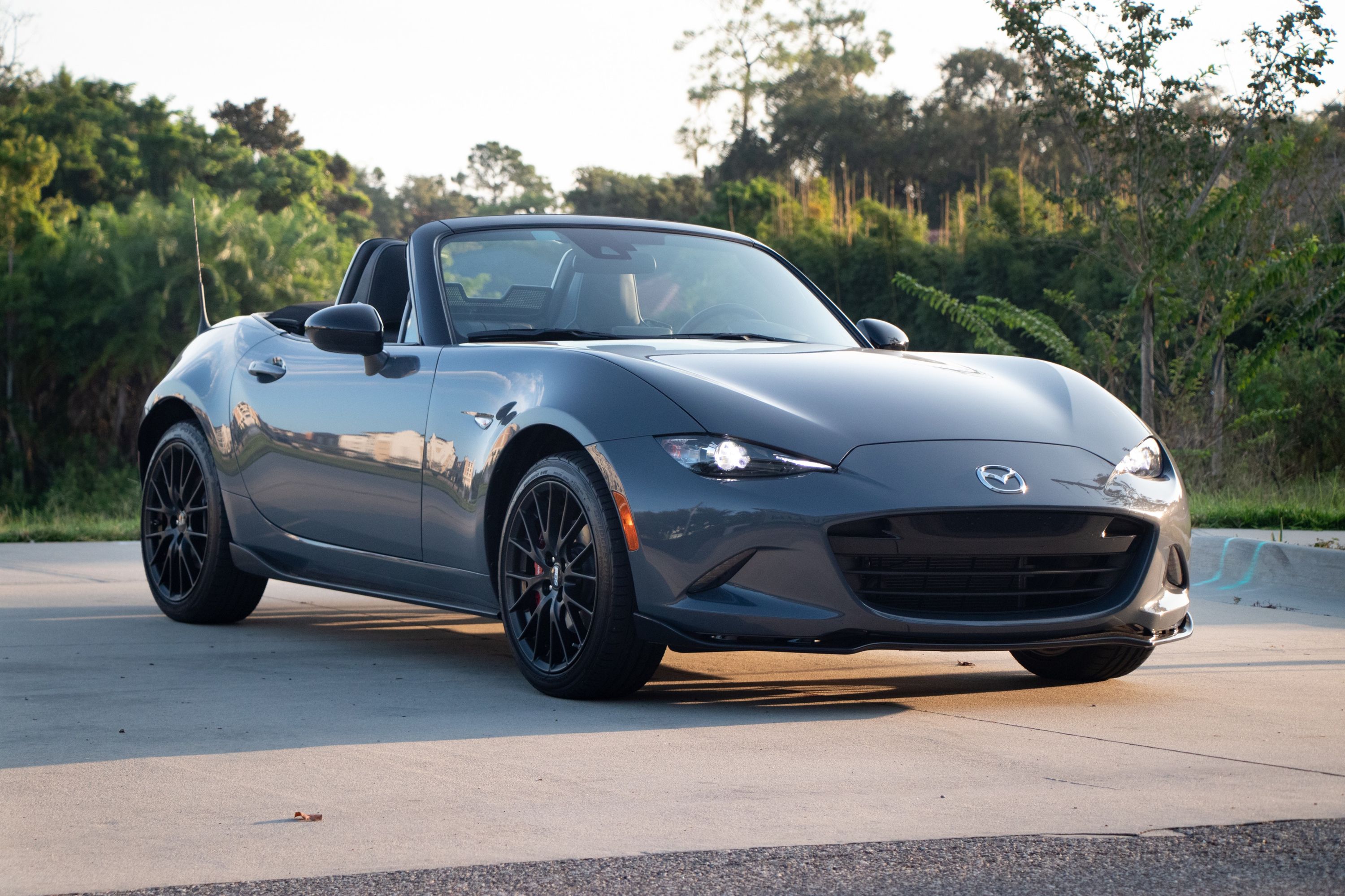
All anyone in the motoring industry is talking about this week is the returned SEMA Show, taking place this week from November 2-5. Manufacturers and aftermarket tuners alike have congregated in Vegas to show off the best they have to offer in terms of design, technology, and general tuning potential. Ford alone is bringing 40 wild concepts and Honda is bringing an impressive fleet too. Nissan is another Japanese automaker set to make a splash, but one such brand that is not present is Mazda. That doesn't mean that this automotive giant has been idle though, as CarBuzz has discovered a patent filing with the US Patent and Trademark Office for an interesting new invention that proposes replacing physical cabin controls with virtual buttons.
The basic description of the invention reads as follows:
"A computer includes a processor and a memory, the memory storing instructions executable by the processor to project an icon onto a surface having a pattern, capture an image of the icon and the pattern, identify a change between the pattern in the image and a default pattern, identify a user input based on the change from the default pattern, and actuate a component based on the user input."
Basically, what this means is that Mazda envisions a projector that can display a holographic image on a surface. When a user puts their finger on the virtual "button," the projector will use a sort of sensor to detect a change in the shape of the projected image, with this indicating user input.
In figure 2B depicted below, you can see that the abovementioned sensor would be able to detect the direction in which the input is applied, while the patent document itself claims that this surface would be able to detect the force with which the user applies their finger to the surface. In this way, one could accelerate the change of a setting. For example, if the infotainment system is set to a low volume, holding down on the up "button" while pressing it with more force than normal would allow the system to recognize that you want to increase the volume considerably, and the rate at which it changes volume (or adjusts climate control temperature) could be accelerated.
It's an ingenious idea that could save a fortune on physical components and revolutionize minimalist design, but we're sure that there are still many hurdles to overcome, including getting such a system to work properly in an MX-5 Miata when you're cruising with the top down.
